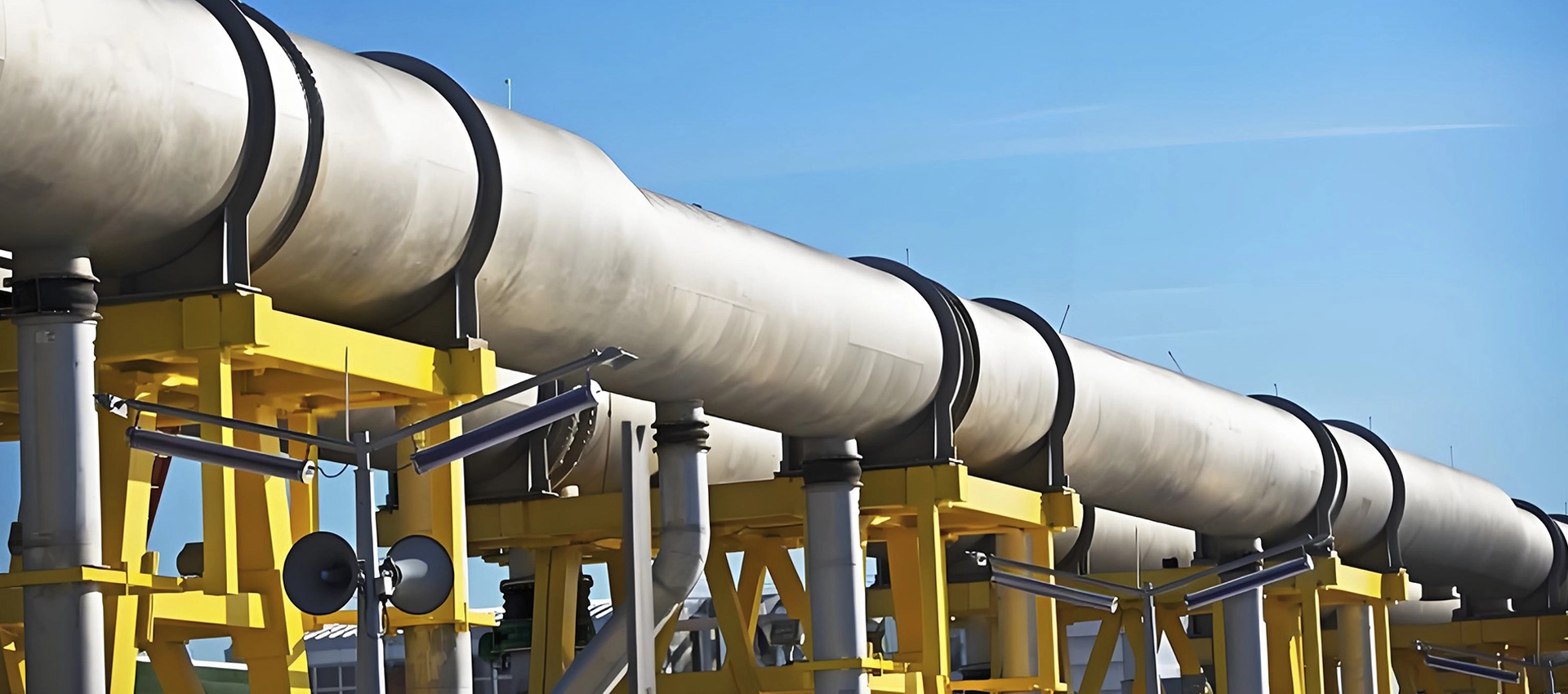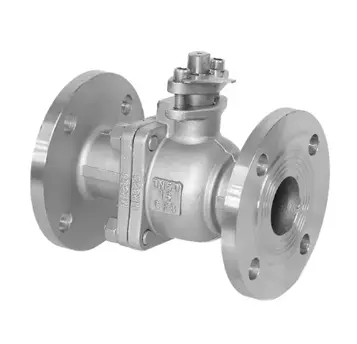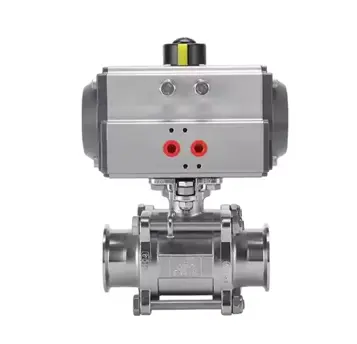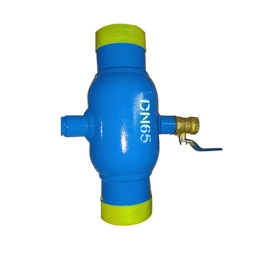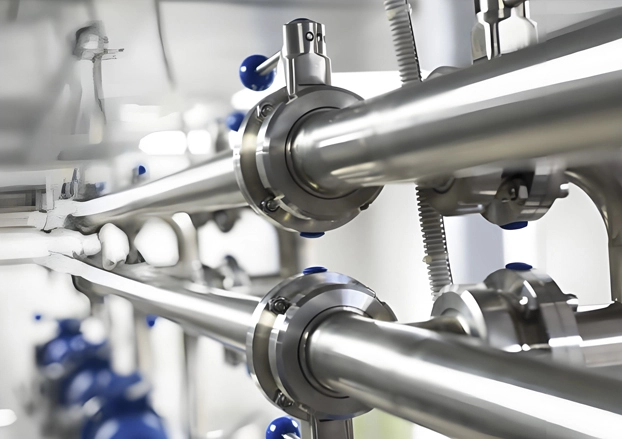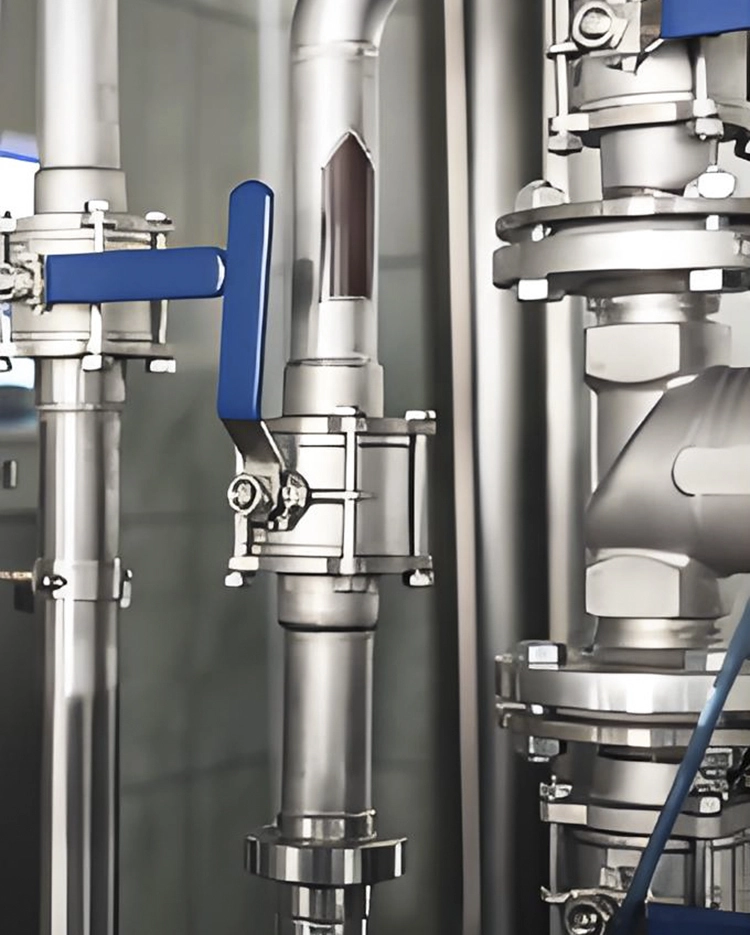How Ball Valves Work
Ball valves control fluid flow using a rotating ball with a hole through its center. When the hole aligns with the flow, the valve opens; when rotated 90 degrees, it closes. This simple mechanism ensures quick operation, minimal pressure drop, and reliable shutoff, making ball valves highly efficient for flow control.
Materials Used in Ball Valves
Ball valves are made from materials like stainless steel, brass, PVC, and carbon steel. Stainless steel offers corrosion resistance, brass is suitable for low-pressure applications, and PVC is ideal for chemical resistance. Material selection depends on the fluid type, pressure, and temperature requirements.
Advantages of Ball Valves
Ball valves offer quick operation, tight sealing, and minimal pressure drop. They are durable, require little maintenance, and can handle a wide range of fluids and temperatures. Their compact design and versatility make them a cost-effective solution for many industrial and residential applications.
 EN
EN

